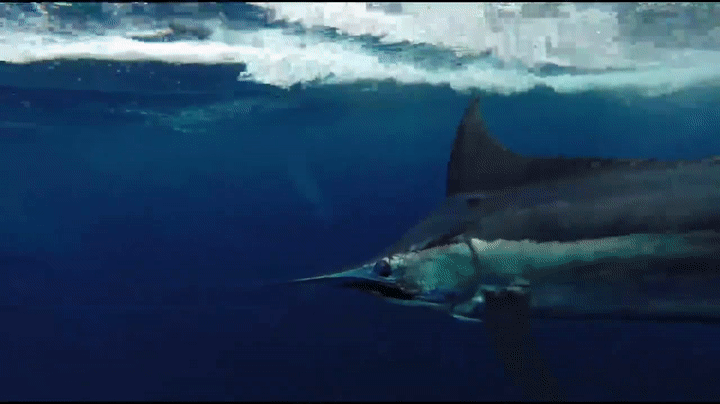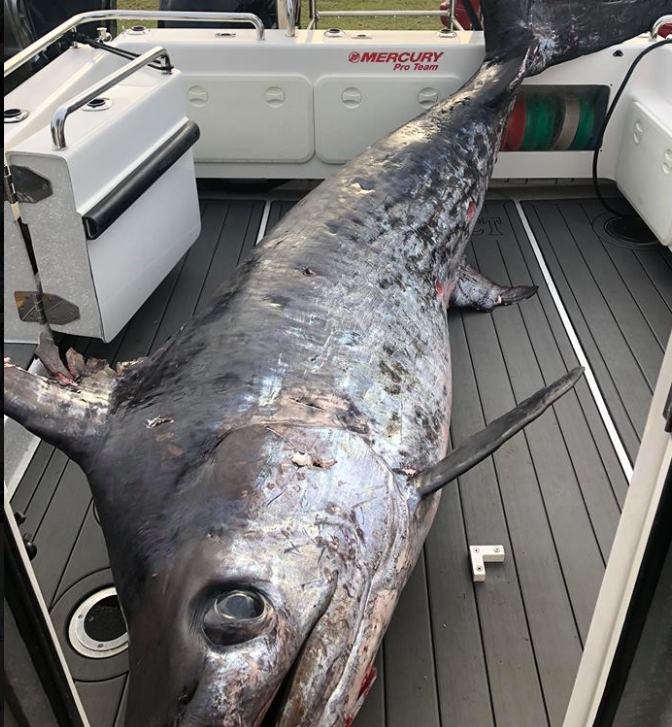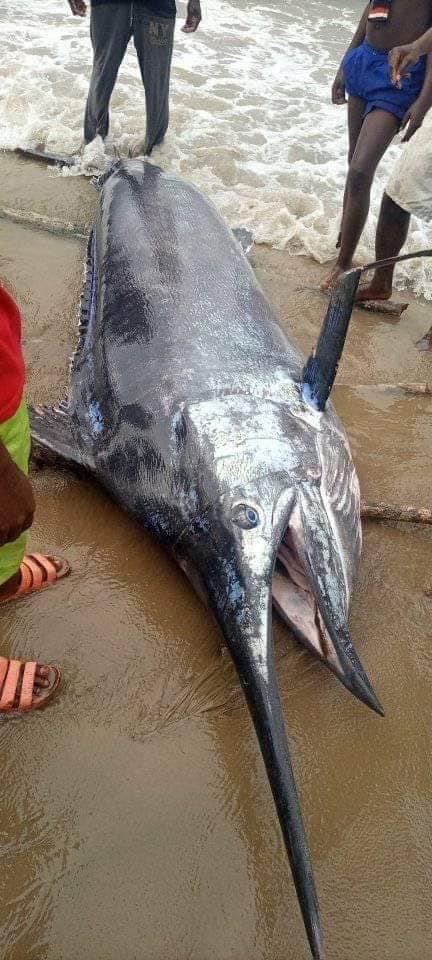
" ""Espadon" is a French word that translates to "swordfish" in English. Swordfish are large, predatory fish found in oceanic and tropical waters worldwide. They are known for their long, flat bill resembling a sword, which gives them their name. Swordfish are highly prized in fishing and culinary circles for their firm texture and mild flavor. They are often used in various cuisines, particularly in Mediterranean and Japanese cooking, where they are grilled, broiled, baked, or served raw as sashimi. In addition to being a popular seafood choice, swordfish also hold significance in marine ecosystems as top predators. However, their populations have faced challenges due to overfishing and habitat degradation in some regions, leading to conservation concerns and efforts to manage their exploitation sustainably." Chat GPT

" Swordfish (Xiphias gladius), are large, highly migratory predatory fish characterized by a long, flat, pointed bill. They are a popular sport fish of the billfish category, though elusive. Swordfish are elongated, round-bodied, and lose all teeth and scales by adulthood. These fish are found widely in tropical and temperate parts of the Atlantic, Pacific, and Indian Oceans, and can typically be found from near the surface to a depth of 550 m (1,800 ft), and exceptionally up to depths of 2,234 m. They commonly reach 3 m (10 ft) in length, and the maximum reported is 4.55 m (14 ft 11 in) in length and 650 kg (1,430 lb) in weight. They are the sole member of their family, Xiphiidae. The swordfish is named after its long pointed, flat bill, which resembles a sword. The species name, Xiphias gladius, derives from Greek ξιφίας (xiphias, "swordfish"), itself from ξίφος (xiphos, "sword") and from Latin gladius ("sword"). This makes it superficially similar to other billfish such as marlin, but upon examination, their physiology is quite different and they are members of different families. Several extinct genera are known, such as a large sized Xiphiorhynchus and Aglyptorhynchus.[8] Unlike modern taxa these have equally long lower jaws.[citation needed] Description They commonly reach 3 m (10 ft) in length, and the maximum reported is 4.55 m (14 ft 11 in) in length and 682 kg (1,500 lb) in weight. The International Game Fish Association's all-tackle angling record for a swordfish was a 536 kg (1,182 lb) specimen taken off Chile in 1953. Females are larger than males, and Pacific swordfish reach a greater size than northwest Atlantic and Mediterranean swordfish. They reach maturity at 4–5 years of age and the maximum age is believed to be at least 9 years. The oldest swordfish found in a recent study were a 16-year-old female and 12-year-old male. Swordfish ages are derived, with difficulty, from annual rings on fin rays rather than otoliths, since their otoliths are small in size. Temperature regulation Swordfish are ectothermic animals; however, along with some species of sharks, they have special organs next to their eyes to heat their eyes and brains.Their eyes are heated to temperatures measured between 10 to 15 °C (18 to 27 °F) above the surrounding water temperature, this heating greatly improves their vision, and consequently improves their ability to catch prey. The swordfish is one of 22 fish, including the marlin, tuna, and some sharks, known to have a mechanism that conserves heat.


More of me 2...
Go to Page 3More of me 3...
Go to Page 4More of me 4...
Go to Page 5More of me 5...
Go to Page 6Return to page 1 :
VICEContact the author of this page:
gannarumma@gmail.com